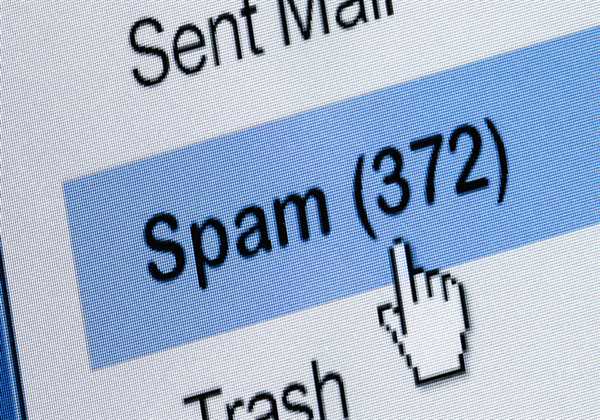Determining whether an email is spam or legitimate can be done by considering several factors. While no single indicator can definitively identify spam, the following are common signs that can help you assess the legitimacy of an email:
- Sender's email address: Check the email address of the sender. Spam emails often come from suspicious or unfamiliar addresses that attempt to imitate well-known organizations.
- Subject line: Spam emails often have generic or misleading subject lines, promising unrealistic offers, prizes, or urgent actions.
- Email content: Look for poor grammar, spelling mistakes, or formatting issues in the email body. Legitimate organizations usually maintain professional standards in their communications.
- Requests for personal information: Be cautious if an email asks for sensitive personal information, such as passwords, credit card details, or social security numbers. Legitimate organizations rarely request such information via email.
- Suspicious attachments or links: Exercise caution with email attachments or links, especially if they are unexpected or from unknown sources. These can contain malware or phishing attempts.
- Unusual sender behavior: Be wary of unsolicited emails from individuals or organizations you haven't interacted with before. Spam emails may also be part of a larger phishing campaign.
- Email header information: Analyzing the email header can provide additional insights. Look for discrepancies or signs of email spoofing, such as mismatched domains or suspicious IP addresses.
- Email filtering: Make use of spam filters provided by your email service provider. These filters can automatically detect and divert suspected spam emails to a designated spam folder.
Remember that these indicators are not foolproof, and it's possible for legitimate emails to exhibit some of these characteristics. It's important to exercise caution, use your judgment, and employ additional security measures like antivirus software and email authentication protocols (e.g., SPF, DKIM) to enhance your email security.
